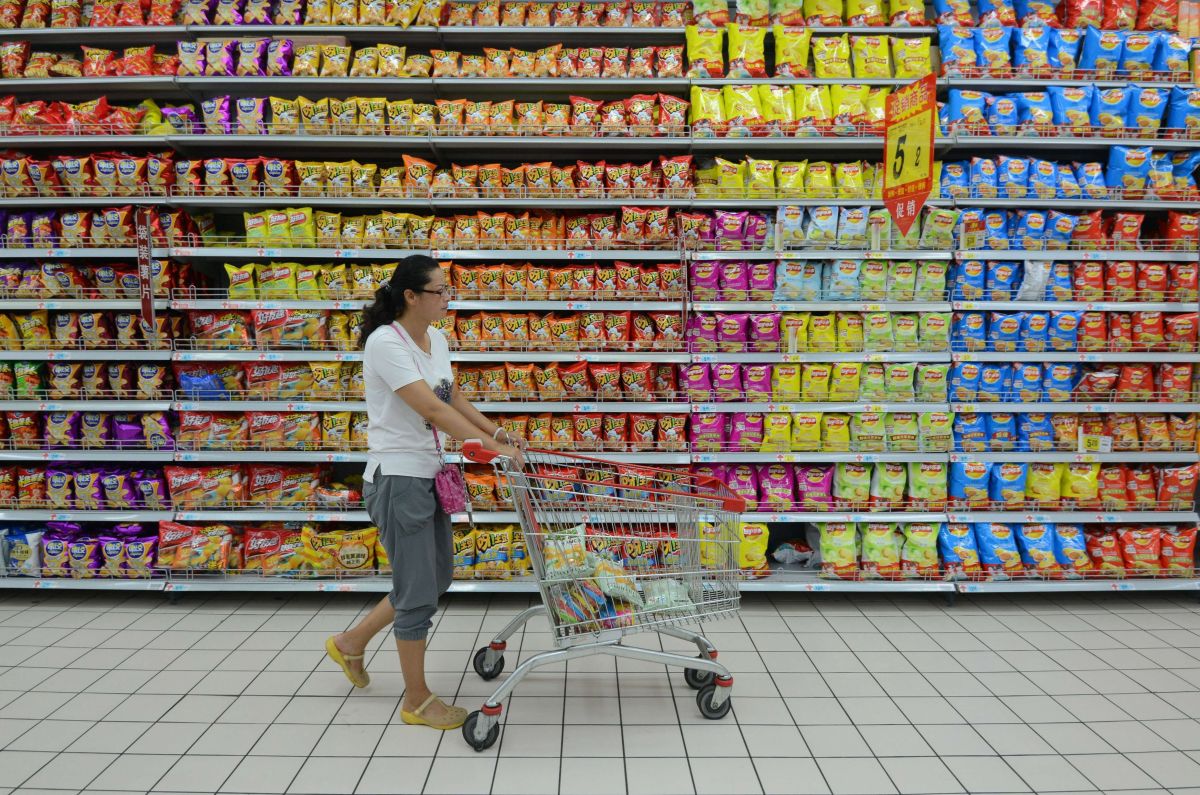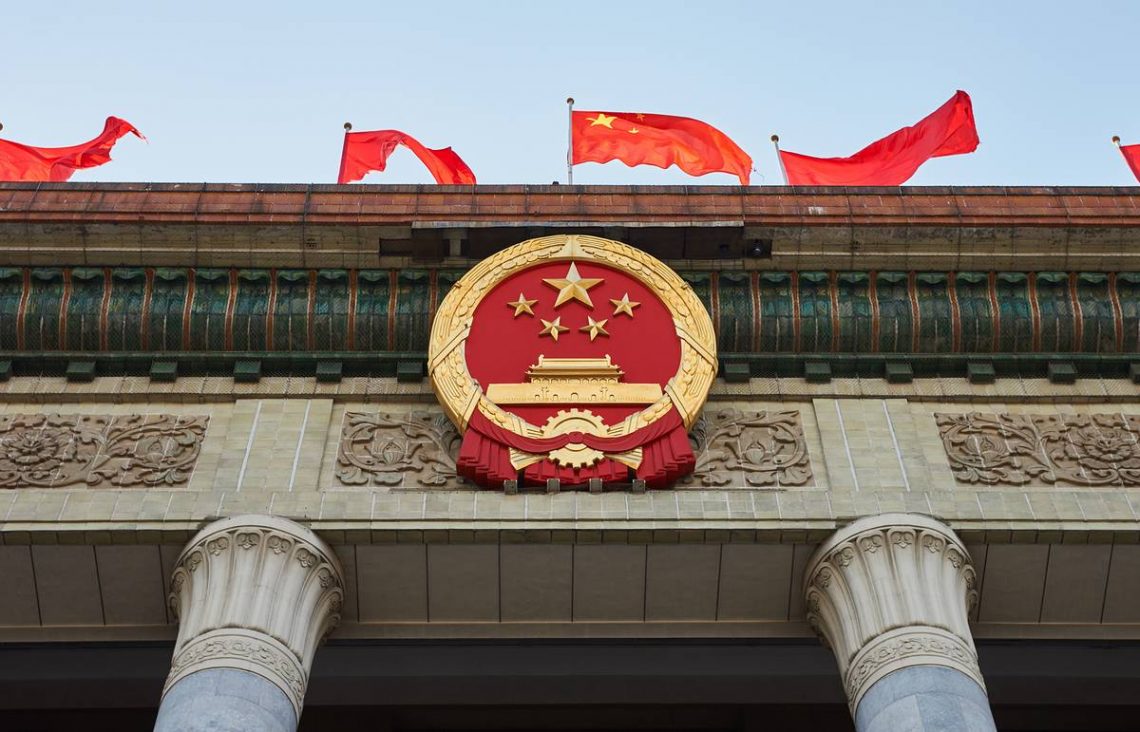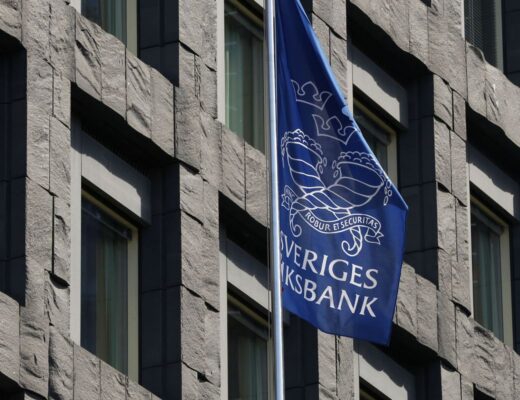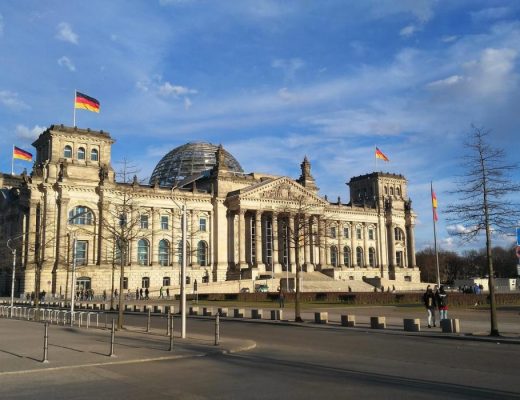Financial trap for China: causes and consequences
The pandemic has severely hit China’s economy, and its consequences are still felt in the country. According to experts, the country faces a financial trap in case the authorities change their approaches to fiscal policy. As a result, income may decline significantly, and spending cuts will not yield positive results.
The problem of growing deficits in China forces the government to revise the spending part, but then the government cannot count on intensive economic development. With spending cuts, GDP will not increase by more than 2.5%, and with these figures it is difficult to plan for a number of future operations, including the number of jobs. In such a case, China’s macroeconomic stability may be jeopardized.
The first quarter of last year showed a 6.8% decline in GDP. In the second quarter there was already a noticeable economic recovery and it gave a 3.2% growth. Only till the end of the year the country has registered the development at the level of 2.5%.
However, there are also problems in some segments of the economy. The consumer sector, which provides about 55% of the country’s GDP, has been particularly affected. Here the indicators have decreased by almost 4%. This situation is due to the decline in purchasing power of the population, which was caused by the crisis, production stoppage and business closure. Therefore, one of the priority tasks for the Chinese government is to introduce measures to stimulate demand and improve the solvency of citizens.

In May last year, the authorities said that they would not set targets for GDP. The cancellation of economic growth planning occurred for the first time since 1994. The government explained its decision by the fact that the pandemic brought uncertainty not only into the internal processes of the state, but also had a negative impact on the global situation, and it is difficult to predict further recovery.
In addition, in 2020 the country increased the state budget deficit coefficients, the values of which reached a maximum in the last 10 years. For example, in 2019 the deficit was 2.8% of GDP, and in the past it was raised to 3.6%. The government also increased the unemployment rate, and in 2020 it was 6% against 5.5% in the previous period. Beijing has revised the target, which controls job creation in cities. It dropped from 11 million to 9 million.
Defense spending had to be cut, although it was the first time since 1991 that the government cut in this segment. However, Beijing hopes that these steps will allow the country’s economy to restore the pace of development in the shortest possible time.










